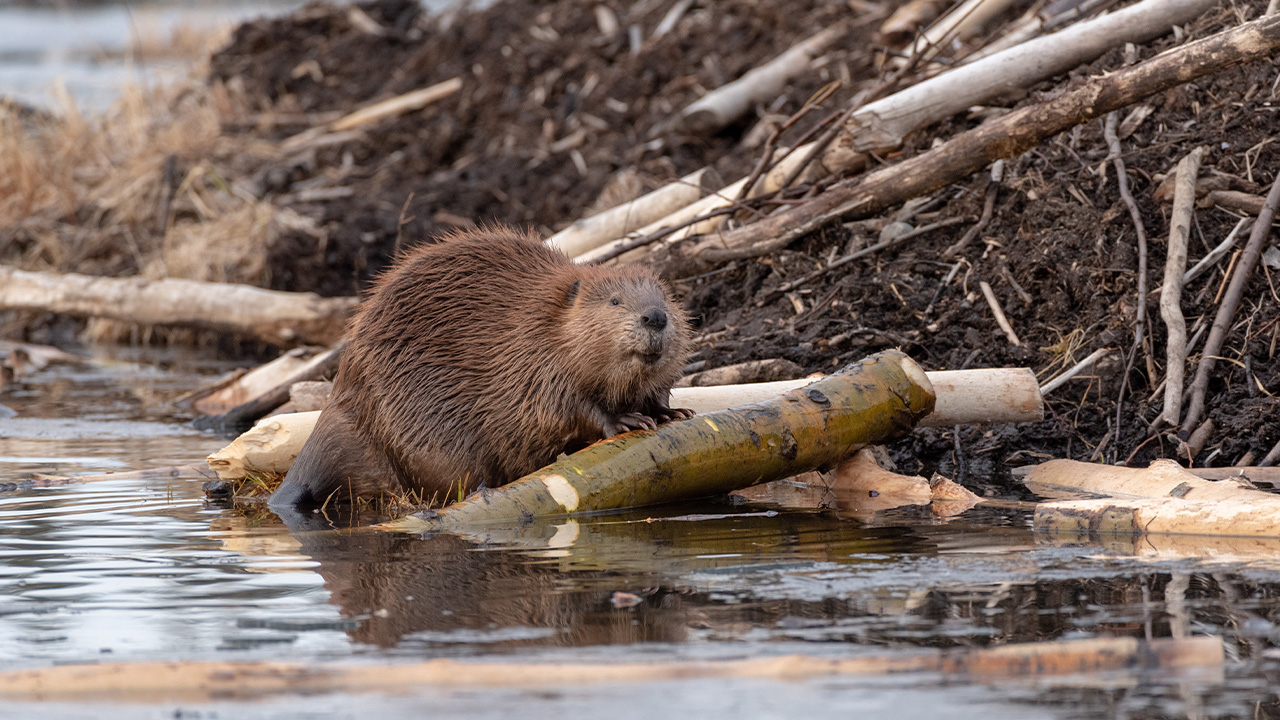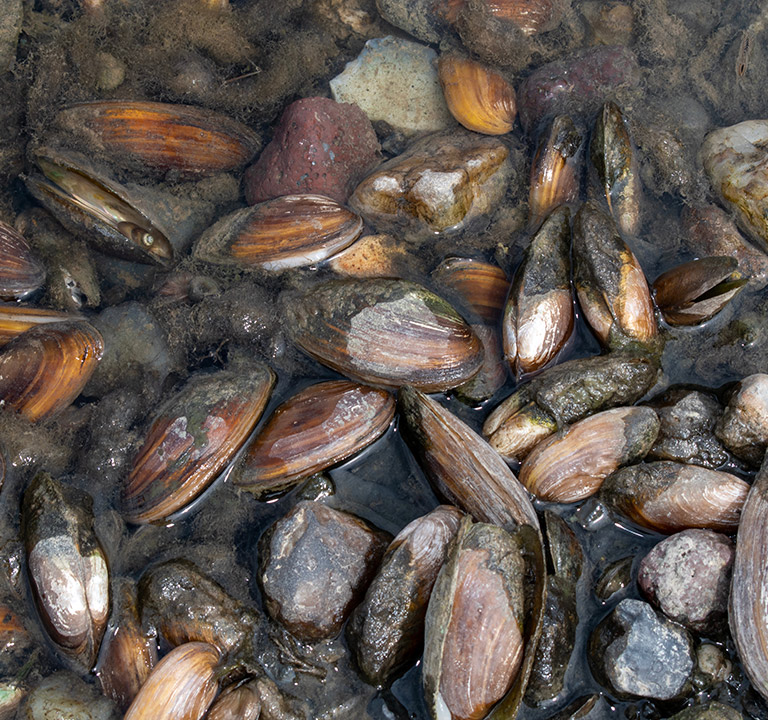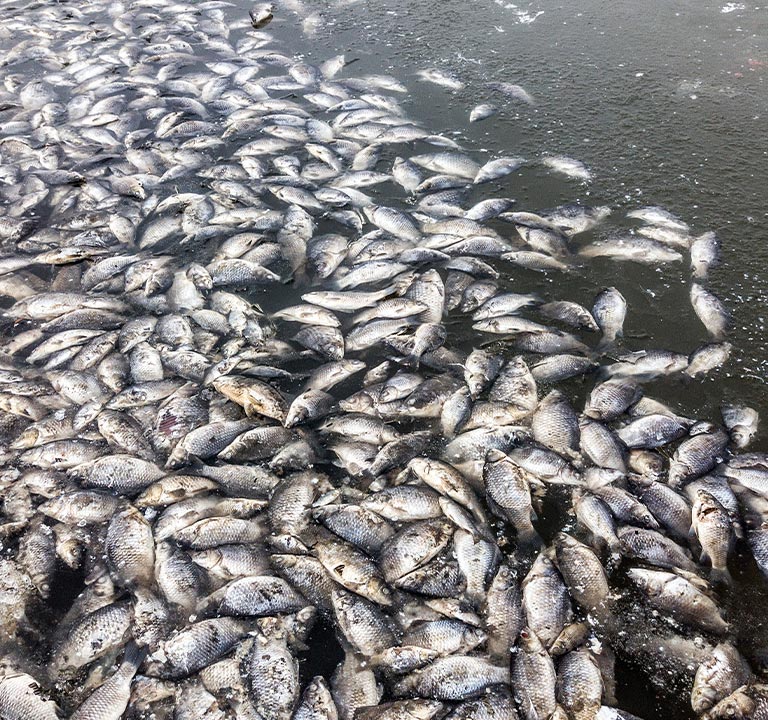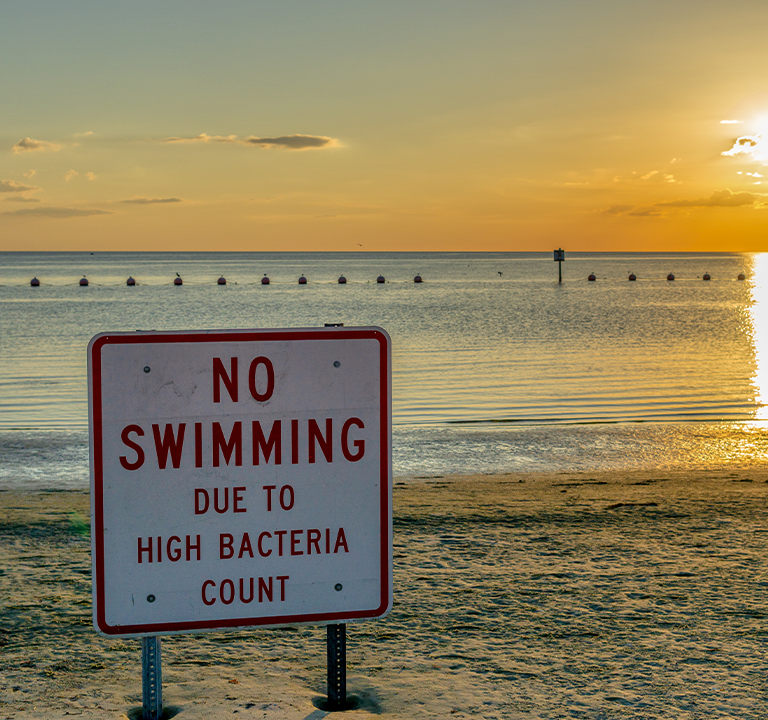“A keystone species is an organism that helps define an entire ecosystem. Without its keystone species, the ecosystem would be dramatically different or cease to exist altogether.”
– National Geographic Society
Keystone species exist in ecosystems all over the world, and they can be any type of species – from lesser-known plants and fungi to high-profile mammals – and anything in-between. The grey wolf in the American Midwest or the elephants of the Serengeti in Kenya and Tanzania are two examples of high-profile keystone species.
Beavers, on the other hand, are one of those lesser-known, low-profile keystone species. But their obscurity as a keystone species doesn’t diminish the vital role they play in the wellbeing of our freshwater habitats. Beavers are also considered an indicator species (their presence, or lack thereof, are an indication of the health and well-being of an ecosystem) as well as ecosystem engineers – as they help to create, modify, and maintain the ecosystems within which they exist.
A threatened species bounces back
Hundreds of years ago, valuable beaver pelts used for clothing and hat-making drove the fur trade in all corners of the world, and beaver populations were decimated to near extinction by the 1800’s. But conservationists and decades of protections over the past 150 years have brought populations back significantly. Unfortunately, that’s not good news to everyone, as beavers have been a source of frustration in the face of progress, with conflicts about land-use issues plaguing their existence. It is difficult for landowners or municipalities to see the positive impacts of a beaver dam, when valuable land for possible development gets repetitively flooded by a beaver looking to establish a safe place for their family.
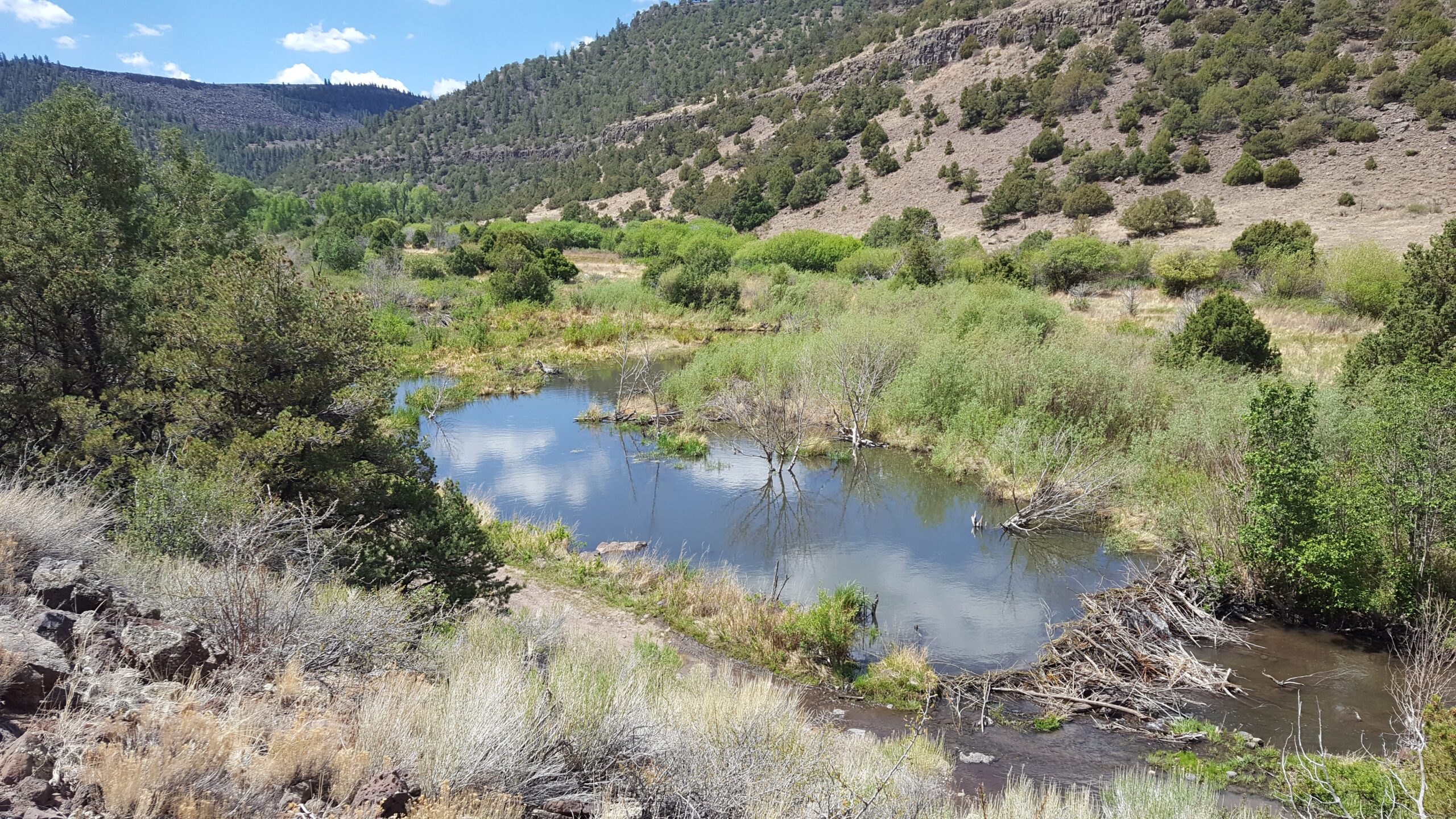
Beavers and nutrient pollution
In a typical watershed, the existence of beavers (and their hut or dam) will slow the flow of water through that watershed and increase the amount of surface area covered by water. These two factors alone provide healthy biodiverse habitats for other creatures and species, which help to filter and clarify the water to maintain a balance in the watershed.
As with any ecosystem, balance is critical – too much or too little of any of the key components impacts the health of the ecosystem. And such is the case with nutrients. Naturally occurring nutrients (primarily nitrogen and phosphorus) at normal levels in ponds and lakes and other bodies of water are healthy, as they support the growth of algae and aquatic plants. These algae and plants in turn provide food and habitat for fish, shellfish, and smaller organisms that live in the water. Wetlands created by beaver dams help with water filtration, but too much nitrogen and phosphorus overwhelm the delicate balance and can become toxic to all organisms – creating what is referred to as nutrient pollution.
Why is nutrient pollution a problem?
Nutrient pollution, created by excessive levels of nitrogen and phosphorus in bodies of water, typically originates from industrial fertilizer or waste runoff from factory farming, industrial facilities, or wastewater treatment plants. These increased levels of nutrients can deteriorate water quality, as algae can grow rapidly, reducing or even eliminating the oxygen supply and reducing the exposure to sunlight. Water quality in the ecosystem continues to suffer.
Nutrient pollution has been exacerbated by climate change, with increased water temperatures (more conducive to algae growth) and bigger storms (heavier rainfall leading to increased erosion leading to a greater influx of nutrients from the runoff). Nutrient pollution leads to habitat damage, loss of aquatic life, drinking water contaminated with toxins and bacteria, and ultimately negative impacts on human health.
As much as wastewater treatment plants have been identified as a critical solution for implementing technologies aimed at addressing nutrient pollution, it is an all-too-common occurrence in communities around the U.S. and around the globe. It is estimated that the cost of treating and preventing nutrient pollution – in the U.S. alone, between the years 2010 and 2020 – cost more than $1 billion, and that figure is expected to rise as global temperatures rise. Nutrient pollution will continue to wreak havoc on our waterways and on our water supplies, with or without the benefits that beavers bring to the watershed. And from our biggest oceans to our smallest lakes and ponds, we need to take a serious look at the use of industrial fertilizers and agricultural runoff – and begin to make changes – as if our world depends on it.
